Home>Furniture & Design>Living Room Furniture>What Is A Dining Table Leaf
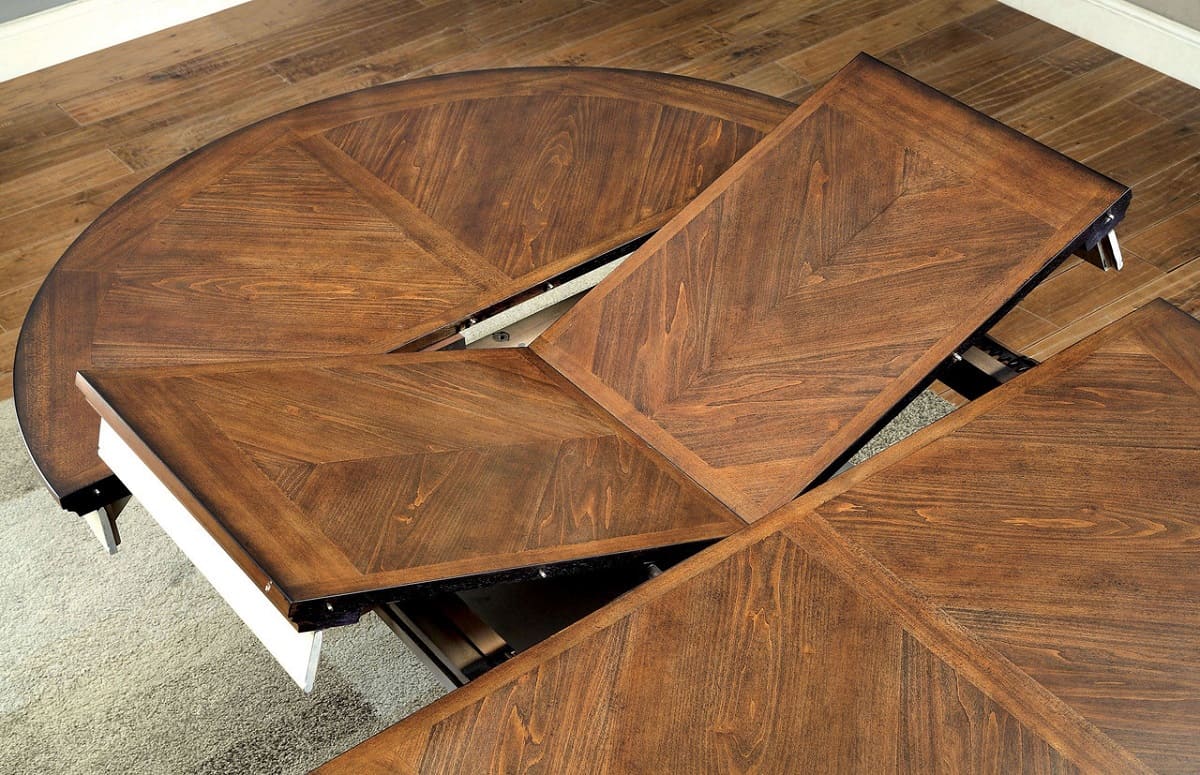

Living Room Furniture
What Is A Dining Table Leaf
Modified: January 14, 2024
Discover the versatility of a dining table leaf and how it can enhance your living room furniture and design. Learn about the benefits and options available.
(Many of the links in this article redirect to a specific reviewed product. Your purchase of these products through affiliate links helps to generate commission for Storables.com, at no extra cost. Learn more)
Introduction
Introduction
Welcome to the heart of the home, where friends and family gather to share meals, stories, and laughter. The dining room is a space of warmth and connection, and at the center of it all sits the dining table. But what happens when your guest list outgrows your table's capacity? This is where the ingenious dining table leaf comes into play.
The dining table leaf, often referred to simply as a "leaf," is a versatile and practical addition to a traditional dining table. It offers the flexibility to expand the table's surface area, accommodating extra guests or creating a more spacious setting for special occasions. In this article, we'll delve into the world of dining table leaves, exploring their various types, benefits, and how to make the most of this valuable feature.
Whether you're a seasoned host or someone who simply appreciates the beauty and functionality of furniture, understanding the dining table leaf can elevate your dining experience and add a touch of elegance to your home. So, let's embark on a journey to uncover the secrets and wonders of this remarkable dining room essential.
Definition of a Dining Table Leaf
Key Takeaways:
- Dining table leaves are clever additions that expand a table’s surface area, accommodating extra guests or creating a more spacious setting for special occasions, making dining experiences more versatile and accommodating.
- Understanding the different types of dining table leaves can help homeowners make informed decisions when selecting a table for their home, ensuring that the chosen table meets their functional, aesthetic, and lifestyle needs.
Read more: What Is A Dining Table Leaf?
Definition of a Dining Table Leaf
At its core, a dining table leaf is an additional section or panels that can be inserted into the center of a dining table to expand its length. This clever design allows the table to be extended temporarily, providing extra seating and surface area when needed, and then easily retracted to its original size for everyday use.
Dining table leaves are typically made from the same material as the table itself, ensuring a seamless and cohesive look when inserted. They are often secured in place with latches or locking mechanisms to maintain stability and prevent shifting during use. When not in use, the leaves are conveniently stored, often in a designated compartment beneath the table.
These versatile extensions come in various shapes and sizes, depending on the design of the table. Whether rectangular, round, or oval, dining table leaves are tailored to complement the specific dimensions and style of the table, seamlessly blending in to create a unified and harmonious look.
The dining table leaf is a testament to the marriage of form and function in furniture design. It offers a practical solution for expanding dining space without the need for a larger, permanent table, making it an invaluable asset for both intimate gatherings and grand celebrations.
Types of Dining Table Leaves
Types of Dining Table Leaves
When it comes to dining table leaves, there is a diverse range of options to suit various table designs and preferences. Understanding the different types of dining table leaves can help you make an informed decision when selecting a table for your home. Here are some common types of dining table leaves:
- Butterfly Leaf: The butterfly leaf is a popular choice known for its convenient and space-saving design. When not in use, the leaf is folded and concealed beneath the table, resembling the shape of a butterfly’s wings. This type of leaf is often easy to operate, making the expansion and retraction process effortless.
- Dropleaf: The dropleaf, also known as a gateleg leaf, features hinged sections that can be raised or lowered as needed. This versatile design allows for partial or full extension, offering flexibility in adjusting the table size to accommodate varying numbers of guests.
- Extension Leaf: Extension leaves are separate panels that can be added to the ends of a table to expand its length. This type of leaf is commonly used with rectangular or oval tables, providing a straightforward and effective way to increase seating capacity.
- Self-Storing Leaf: As the name suggests, self-storing leaves are designed to be stored within the table itself when not in use. This integrated storage feature eliminates the need for separate leaf storage, maintaining a clutter-free and organized dining space.
Each type of dining table leaf offers unique advantages and considerations, allowing homeowners to select the option that best aligns with their preferences and lifestyle. Whether prioritizing space optimization, ease of use, or seamless integration with the table’s aesthetics, there is a suitable leaf design to enhance the functionality and versatility of your dining table.
Benefits of Using a Dining Table Leaf
Benefits of Using a Dining Table Leaf
The utilization of a dining table leaf extends far beyond mere convenience. It brings a host of benefits that contribute to the functionality, versatility, and overall appeal of a dining table. Here are some compelling advantages of incorporating a dining table leaf into your home:
- Flexibility: A dining table leaf offers the flexibility to adapt the table’s size to accommodate varying numbers of guests, making it an ideal solution for both intimate gatherings and larger events. This adaptability ensures that your dining space can effortlessly transition from everyday use to special occasions.
- Space Optimization: With a dining table leaf, you can maximize the utility of your dining table without sacrificing space when not in use. The ability to expand and retract the table as needed allows for efficient space management, particularly in homes with limited dining area.
- Entertaining with Ease: Hosting gatherings and dinner parties becomes more seamless with the added seating capacity provided by a dining table leaf. It eliminates the need for a separate, larger table, allowing you to entertain guests comfortably without compromising on style or functionality.
- Customization: Dining table leaves come in various designs, offering homeowners the opportunity to customize their dining experience based on their specific requirements. Whether opting for a self-storing leaf or a dropleaf design, there are options to suit diverse preferences and spatial constraints.
- Aesthetic Cohesion: When not in use, dining table leaves seamlessly integrate with the table, maintaining a cohesive and harmonious appearance. This ensures that the table retains its aesthetic appeal and visual continuity, whether in its compact or extended form.
By embracing the benefits of a dining table leaf, homeowners can elevate their dining space to new heights, blending practicality with elegance and adaptability. Whether for everyday meals or celebratory gatherings, the versatility and functionality of a dining table leaf enrich the dining experience and the ambiance of the home.
How to Use a Dining Table Leaf
When measuring for a dining table leaf, make sure to measure the length and width of your table to ensure the leaf will fit properly. Also, consider the shape of the table and the style of the leaf to ensure a cohesive look.
How to Use a Dining Table Leaf
Using a dining table leaf is a straightforward process that enhances the functionality of your dining table, allowing you to effortlessly accommodate additional guests or create a more spacious setting for special occasions. Here’s a step-by-step guide on how to make the most of your dining table leaf:
- Prepare the Space: Clear the tabletop and the surrounding area to provide ample room for extending the table with the leaf. Ensure that there are no obstructions that could hinder the smooth operation of the leaf.
- Unlock the Mechanism: If your dining table is equipped with a locking mechanism to secure the leaf, carefully unlock or release the mechanism to prepare for leaf insertion.
- Retrieve the Leaf: Retrieve the dining table leaf from its storage location, whether it is housed beneath the table or in a separate storage area. Handle the leaf with care to avoid any damage or scratches.
- Align and Insert: Position the leaf so that it aligns seamlessly with the tabletop, ensuring a snug fit without any noticeable gaps. Gently slide the leaf into place, taking care to maintain stability and alignment throughout the process.
- Secure the Connection: If your dining table requires securing the leaf in place, engage the locking mechanism or latches to ensure a stable and secure connection between the leaf and the table.
- Test the Stability: Once the leaf is inserted and secured, test the stability and sturdiness of the extended table to ensure that it is ready for use. Make any necessary adjustments to ensure a level and secure surface.
- Enjoy the Expanded Space: With the dining table leaf in place, revel in the enhanced seating capacity and surface area, creating a welcoming and spacious setting for dining, entertaining, and creating cherished memories with loved ones.
By following these simple steps, you can seamlessly incorporate the dining table leaf into your dining routine, unlocking the potential for versatile and accommodating dining experiences in your home.
Factors to Consider When Choosing a Dining Table with a Leaf
Read more: What Is A Butterfly Leaf Dining Table
Factors to Consider When Choosing a Dining Table with a Leaf
When selecting a dining table with a leaf, several factors come into play to ensure that the chosen table meets your functional, aesthetic, and lifestyle needs. By considering these key factors, you can make an informed decision that aligns with your preferences and enhances your dining space:
- Table Size and Shape: Assess the available space in your dining area to determine the ideal size and shape of the table. Consider whether a rectangular, round, or oval table best suits the room’s dimensions, and ensure that the addition of a leaf does not compromise the flow of the space.
- Leaf Mechanism: Evaluate the type of leaf mechanism that best aligns with your preferences and usage requirements. Whether you prefer the seamless integration of a self-storing leaf or the versatility of a dropleaf design, the leaf mechanism should complement your lifestyle and dining habits.
- Material and Finish: Consider the material and finish of the dining table, ensuring that it harmonizes with your existing decor and personal style. Whether you prefer the warmth of wood, the sleekness of glass, or the durability of metal, the table’s material should resonate with your aesthetic sensibilities.
- Seating Capacity: Determine the desired seating capacity when the leaf is extended, taking into account the number of guests you typically entertain. Ensure that the table, when expanded, can comfortably accommodate your anticipated gatherings without feeling cramped or overcrowded.
- Storage and Maintenance: If the table features a self-storing leaf, assess the convenience and accessibility of the storage mechanism. Additionally, consider the maintenance requirements of the table and leaf material, ensuring that they align with your lifestyle and upkeep preferences.
- Overall Aesthetic: Envision how the table will contribute to the overall aesthetic of your dining space, considering factors such as color, design details, and visual cohesion with the surrounding decor. The table should complement and enhance the ambiance of the room, whether in its compact or extended form.
By carefully considering these factors, you can select a dining table with a leaf that seamlessly integrates into your home, enriching your dining experience with its functionality, style, and adaptability.
Conclusion
Conclusion
The dining table leaf stands as a testament to the art of versatility and practicality in furniture design. Its ability to seamlessly expand and retract a dining table’s surface area has transformed the way we approach dining and entertaining in our homes. Whether hosting intimate gatherings or grand celebrations, the dining table leaf offers a dynamic solution to accommodate varying numbers of guests without compromising on style or functionality.
By understanding the diverse types of dining table leaves and the benefits they bring, homeowners can make informed decisions when selecting a table that aligns with their preferences and lifestyle. The seamless integration of a dining table leaf into the dining space not only enhances the table’s functionality but also contributes to the overall ambiance and visual appeal of the room.
Embracing the use of a dining table leaf opens the door to a world of possibilities, where everyday meals can effortlessly transition into memorable gatherings, and where the dining space can adapt to the evolving needs of its inhabitants. The practicality, flexibility, and aesthetic cohesion offered by a dining table leaf elevate the dining experience, creating a welcoming and accommodating environment for cherished moments with loved ones.
As you embark on the journey of selecting a dining table with a leaf, consider the factors that resonate with your lifestyle and design preferences. Whether it’s the size and shape of the table, the mechanism of the leaf, or the overall aesthetic, each element plays a crucial role in enhancing your dining space and creating a harmonious setting for shared meals and joyful connections.
In the heart of the home, where conversations flow and memories are made, the dining table with a leaf stands as a symbol of adaptability, bringing people together in a space that evolves with their needs and embraces the beauty of functionality and design.
Frequently Asked Questions about What Is A Dining Table Leaf
Was this page helpful?
At Storables.com, we guarantee accurate and reliable information. Our content, validated by Expert Board Contributors, is crafted following stringent Editorial Policies. We're committed to providing you with well-researched, expert-backed insights for all your informational needs.
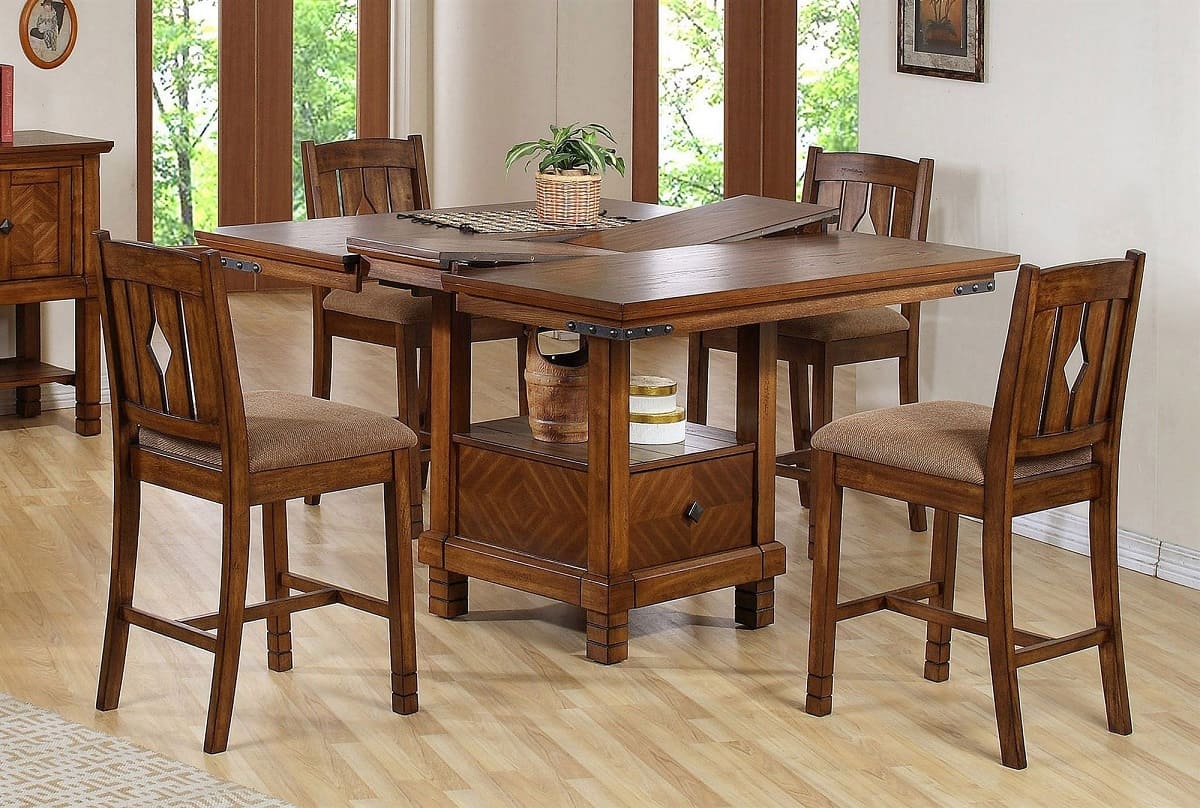
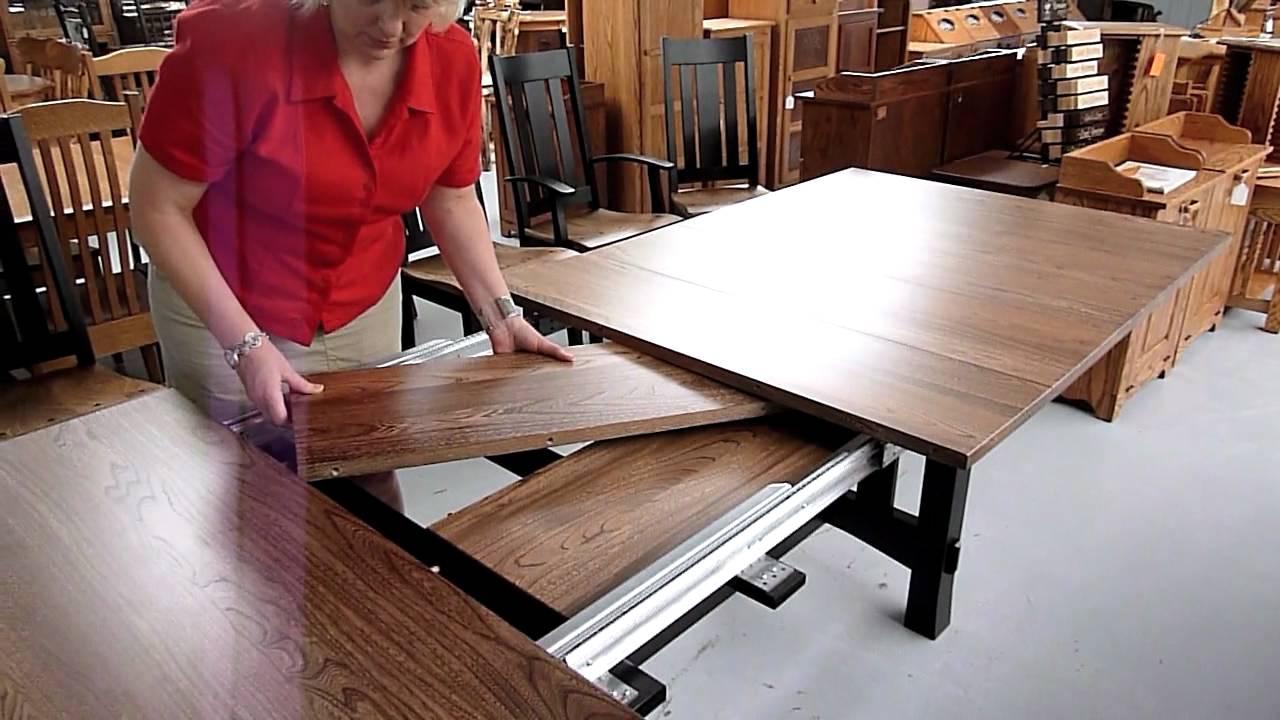
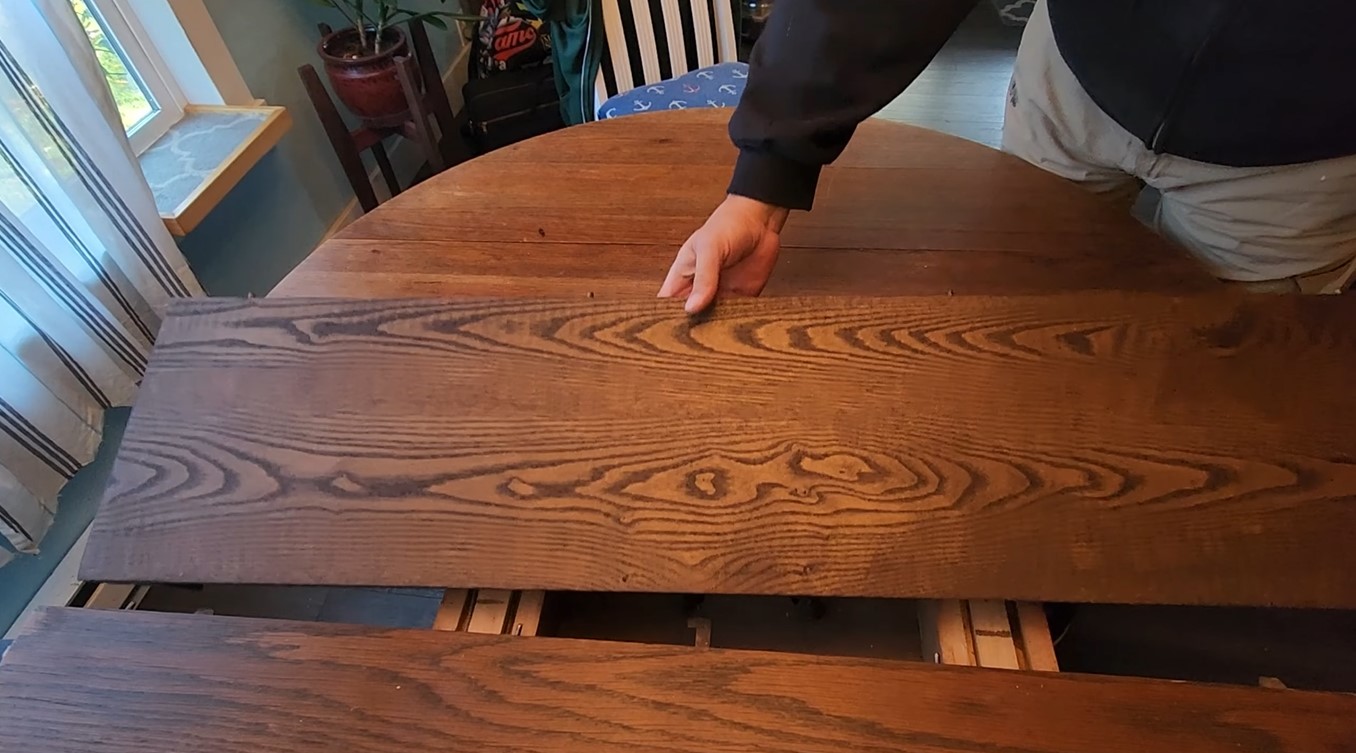
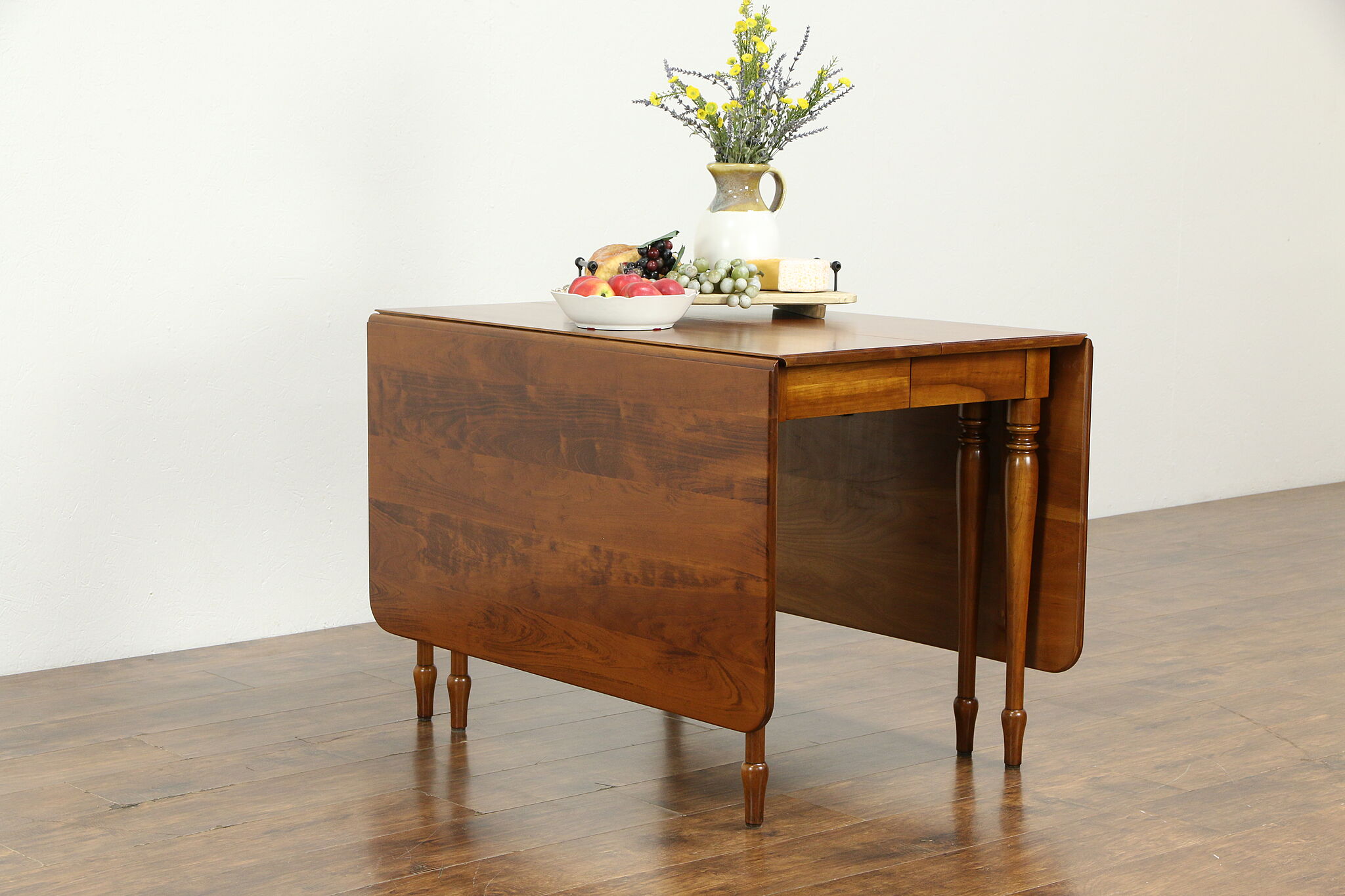

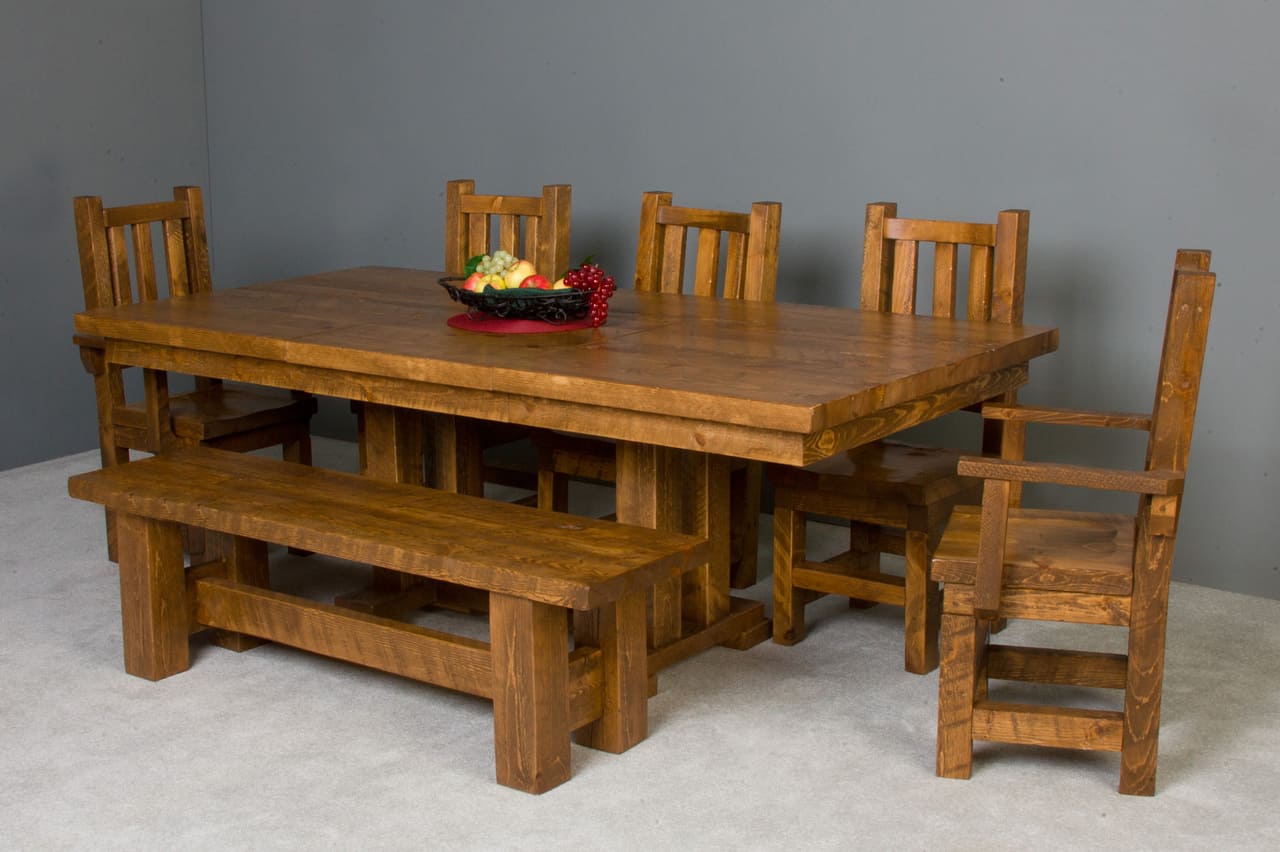
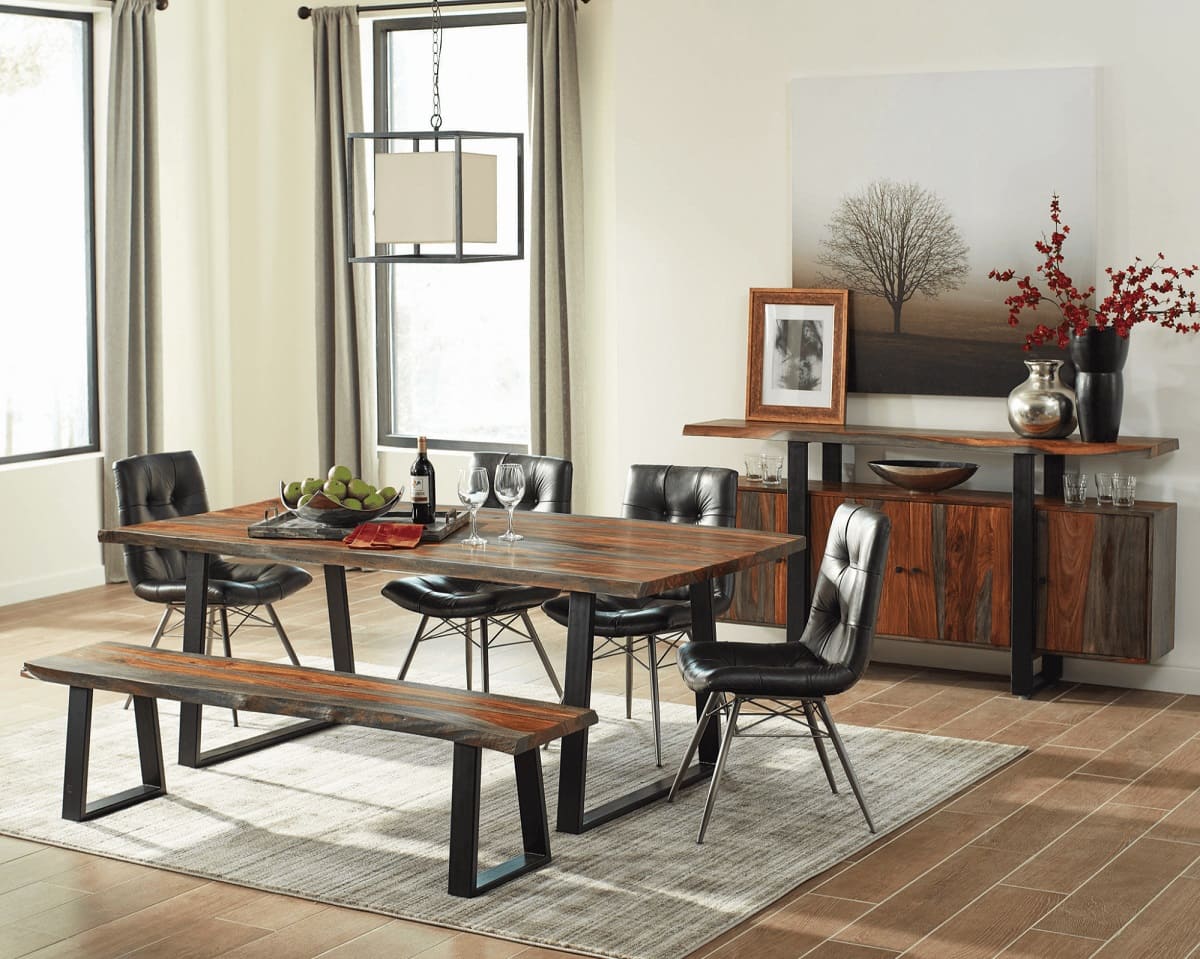
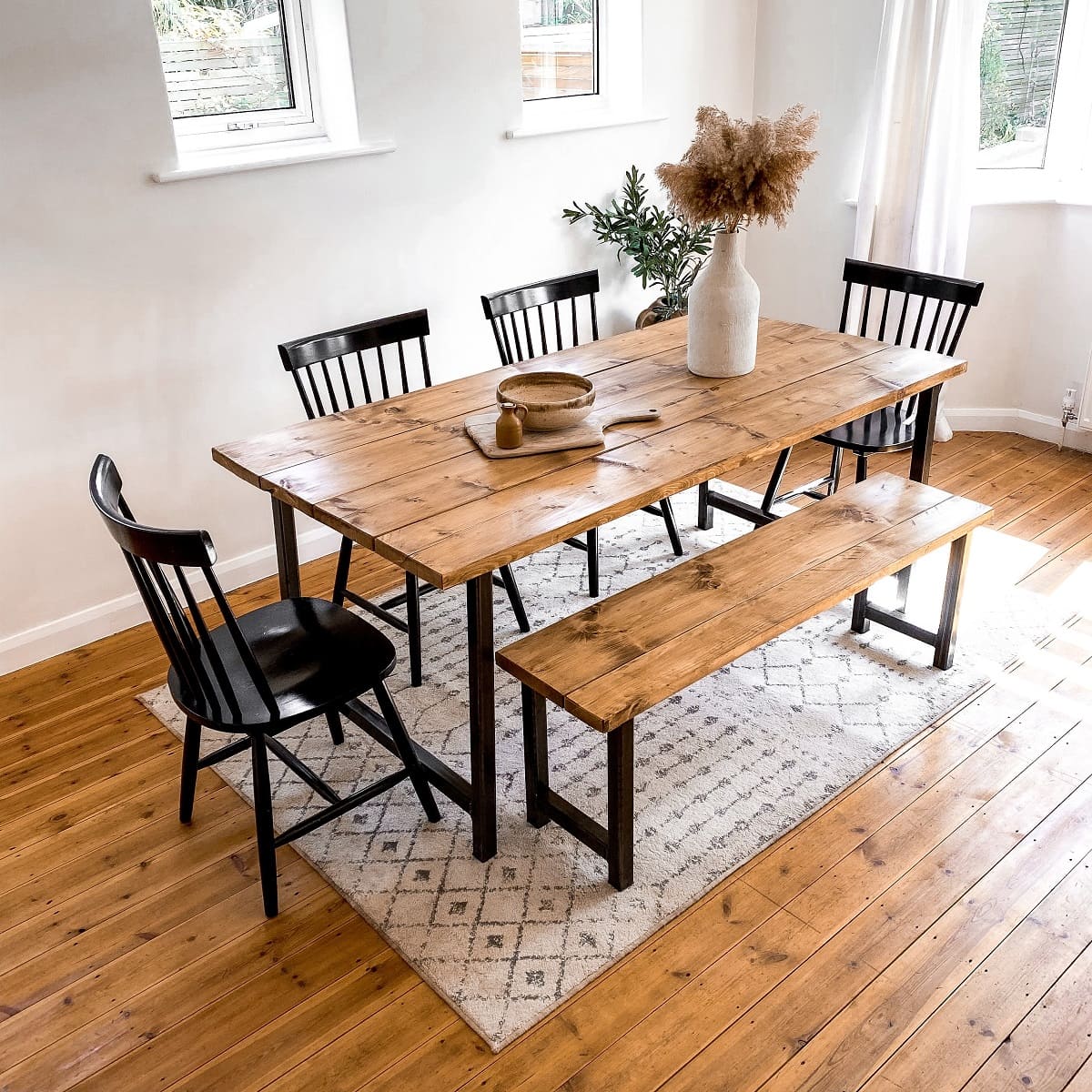

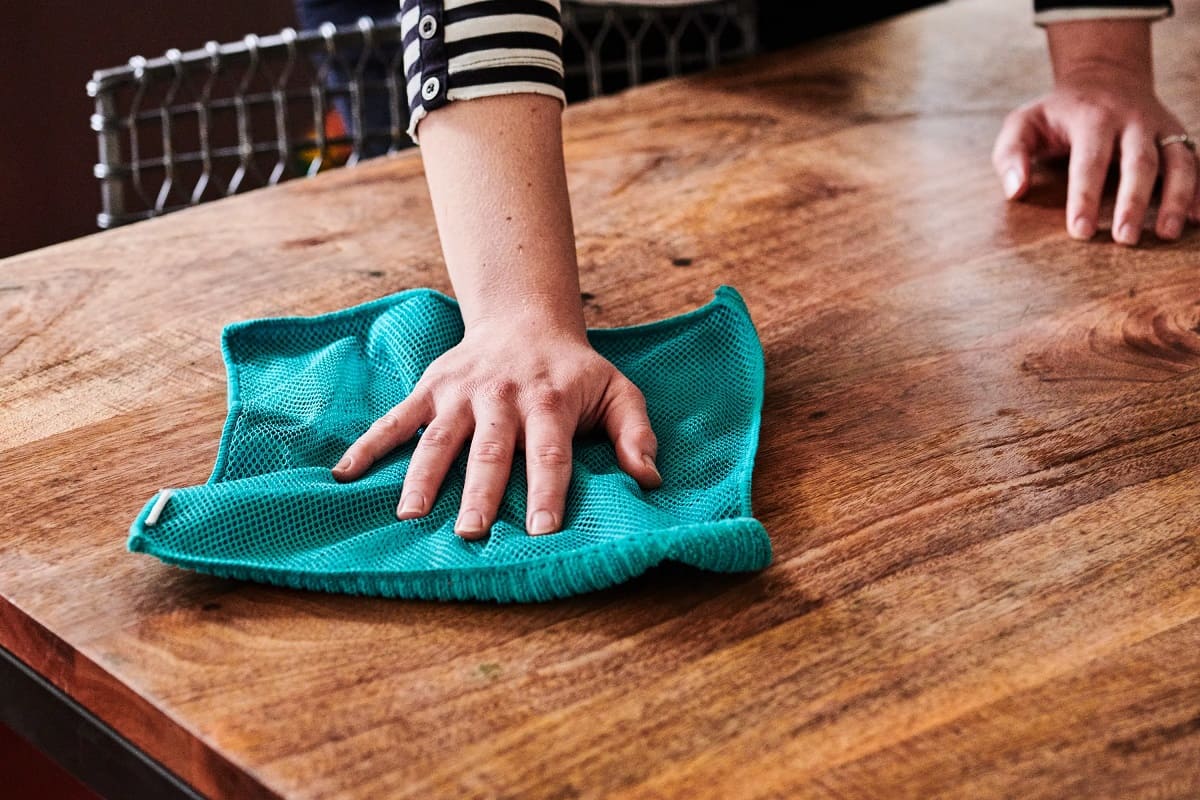
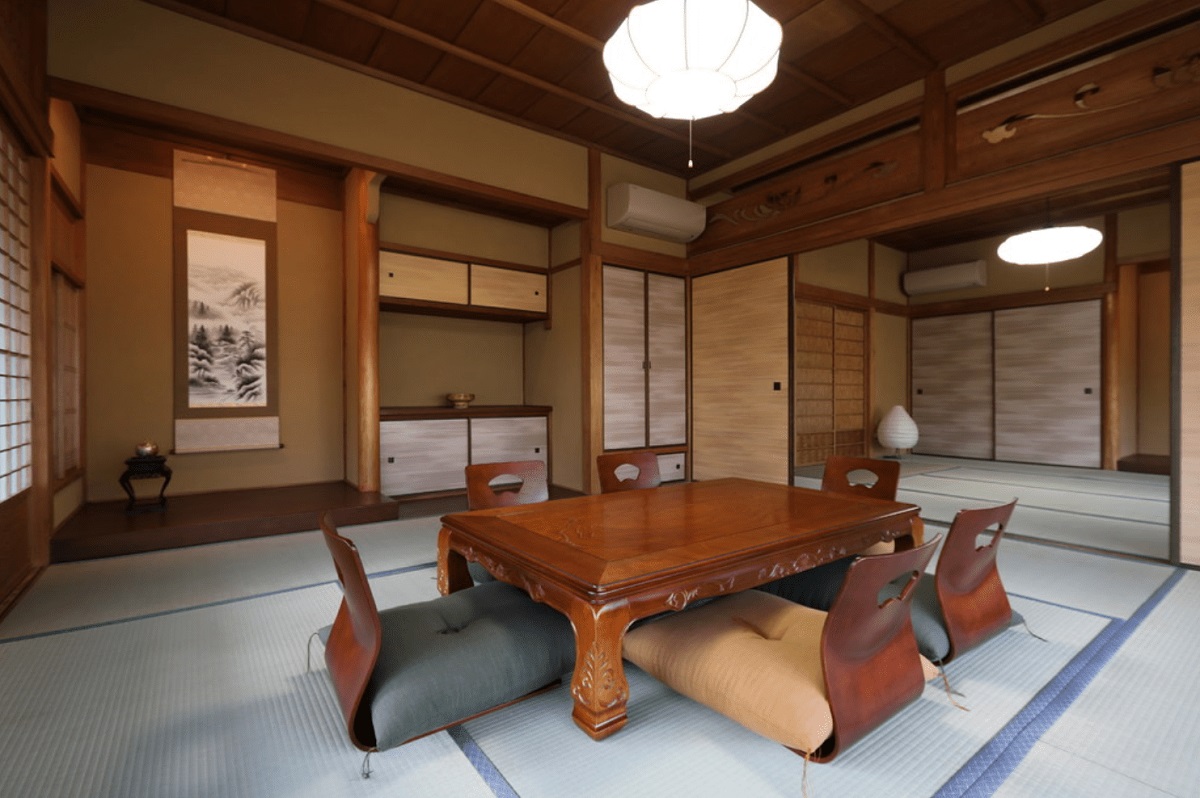

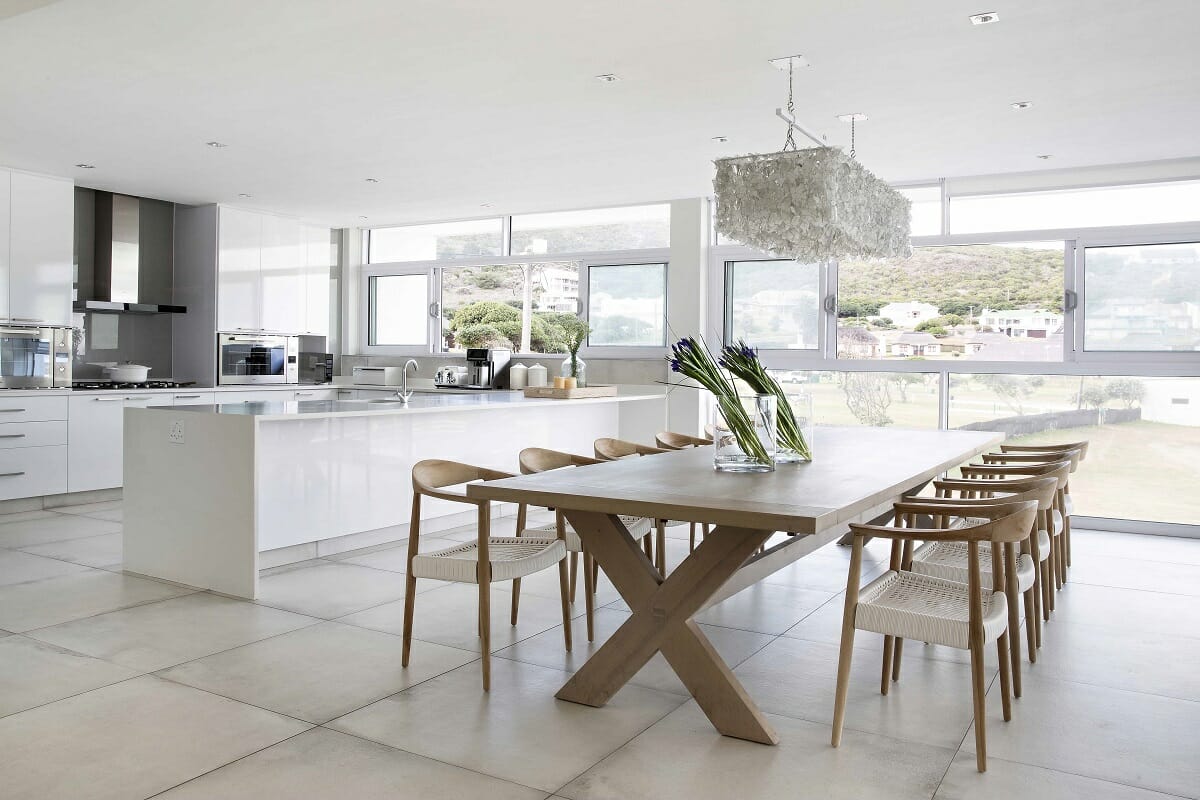


0 thoughts on “What Is A Dining Table Leaf”